Fixed Braces are Simply Better
Fixed braces consist of brackets that are bonded to the teeth and wires that are connected to the brackets. Only rarely, the brackets are cemented to the teeth with metal rings called bands.
The wires exert forces and torques through the brackets to selectively move the teeth. Orthodontic treatment with fixed braces has been standard worldwide for decades, while treatment with the old-fashioned removable appliances is declining.
Because of the large volume of plastic associated with the removable appliances, there are problems with speaking and of course eating is virtually impossible.
Most of the children feel so confined that they only wear the removable braces at night. This has been confirmed in studies of the University of Tübingen: 10 hours wearing time can be expected, but 16 hours would be mostly necessary.
By having a lower usage-rate, the chance of a good success is hard to achieve – so it is important that the parents constantly support their child in order to be successful.
Removable appliances have a very high failure rate at nearly a third of all patients and also have a longer treatment time and higher costs.
In addition, due to their treatment provided, this method needs to be finished by using the fixed braces, which results in treatment times of 4-5 years becoming common practice in this two-phase treatment. Most removable braces are therefore outdated and should not be used today.
Our orthodontists are of the opinion that removable braces are only suitable in rare cases. Therefore, we concentrate on working with fixed appliances in our practice in Mannheim.
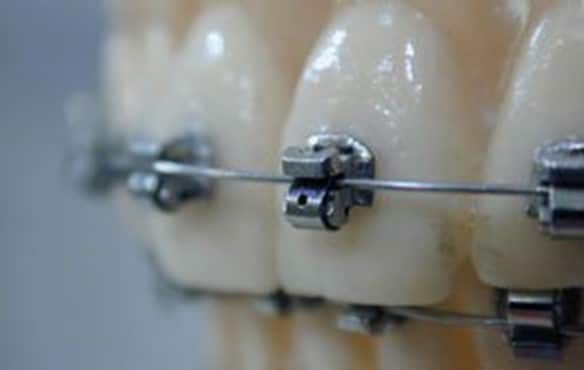
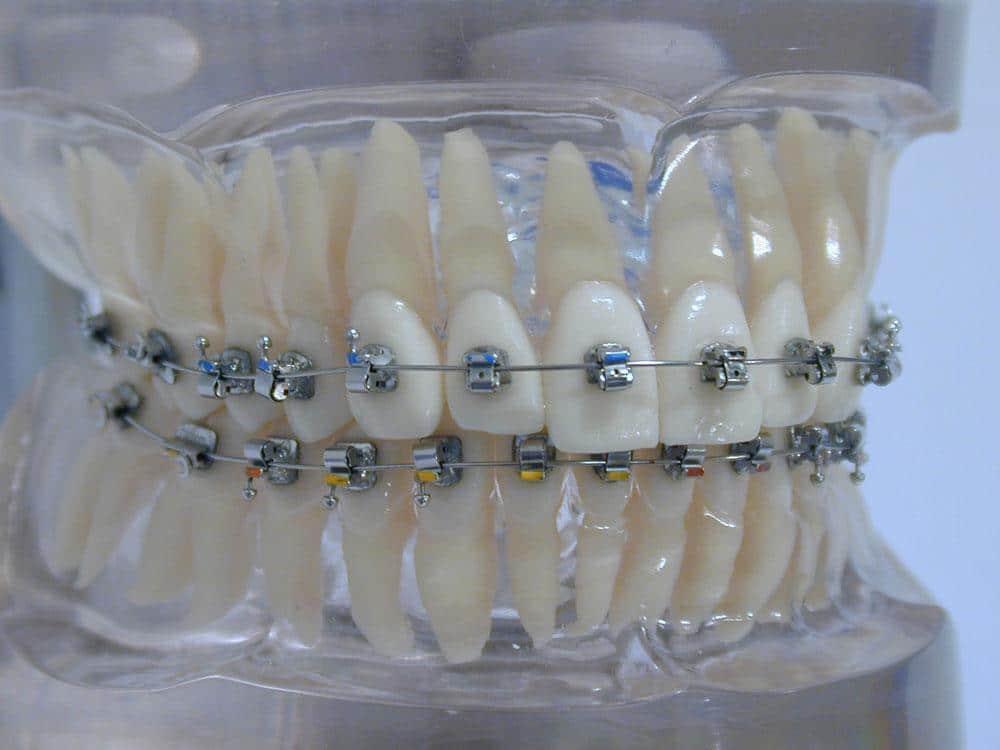
Modern Concept
We work with a late start and fixed appliances. The procedure commends no earlier than the complete change of teeth around 11-12 years old, and then with one‐time only fixed braces for a short time of 9-24 months.
A “pre‐treatment” with removable braces is unnecessary, because the fixed braces can treat and align all of the teeth alone. From our experience, the youth who went through this treatment felt more comfortable and also there were no instances of fixed braces impairing speaking or eating recorded.
Our orthodontists know that anything is possible by using fixed braces, what the young patients can do without orthodontic appliances, so that the treatments aren’t thought of as being a burden and the cooperation during this complicated phase isn’t necessarily required.
Without a doubt, fixed braces are scientifically more efficient than removable retainers: a precise alignment of teeth in all sections is only possible with brackets, whereas the bulky, removable retainers only provide a tilt-movement with the possibility of inaccurate results. Numerous scientific studies show that fixed apparatuses offer the better relationship between costs and benefits; the highest success rates, best results, and shortest treatment times are achieved with these appliances.
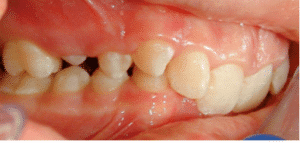
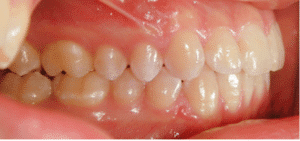
Shorter Treatment is Healthier
In our orthodontic practice in Mannheim, we are able to reduce the customary active treatment time from a good three years in half. This results in the parents being worried if there are risks associated with the teeth and the more apparently strenuous, fast-paced procedures.
Luckily, that is not the case: the most important tricks for achieving shorter treatments are smart decisions at the best time and leaving out unnecessary treatment steps. On the other hand, damage to the teeth and tooth roots occurs more frequently with longer treatment time, so that the shorter treatment time is also healthier.
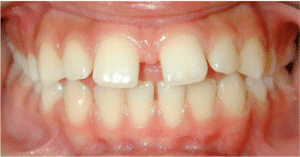
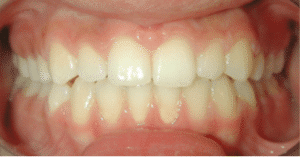
Limited Developments
Our quality-conscious orthodontists disapprove that there are still so many removable retainers visible in children’s mouths throughout Germany! Experts have long pointed out that this is due to a mistake in our fee schedule.
For example, the German Council of Economic Experts (SVR) complained in 2001 that predominantly removable appliances are still used in Germany, even though fixed braces are more efficient. The SVR attributed this to the fact that orthodontists can make higher profits with removable appliances, and demanded that the fee be redirected to the fixed appliances – but unfortunately nothing has happened in this regard.
In fact, orthodontists in Germany generate twice as much profit with removable braces as would be possible with fixed appliances. Even if there are still some orthodontists who use the removable retainers of honest, old love, it is obvious that in this way scarce resources of the health services will be misguided. Orthodontists from other European countries are left in awe when they hear about the four to five year procedures in Germany and they ask what the colleagues are actually doing during the long time …
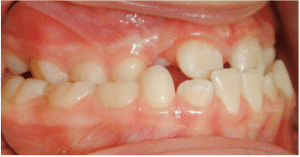
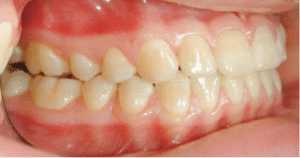
German orthodontists will continue treatment with removable appliances because of their poor education and strong business interests. Differences can only be accomplished by breaking through self‐conscience barrier from the patients and their parents.
You should know that in modern orthodontics, the regular treatment takes place only in the permanent dentition of 11 to 12 year old patients with a single fixed appliance. Only about 5% of young patients benefit from an earlier start of treatment, which is usually due to very pronounced malocclusion, which is also noticeable to laymen. Starting a treatment at primary school age should therefore be a justified exception that needs to be explained to the parents.
The parents are always encouraged to find an orthodontist with more modern treatment concepts, even if there is a longer route to take into consideration. In 2013, Dr. Madsen wrote a letter to the editor concerning an absurd publication about longstanding treatment with the removable Bionator, which was published in the “Fortschritte der Kieferorthopädie/ Journal of Orofacial Orthopedics”. This can be downloaded here.
